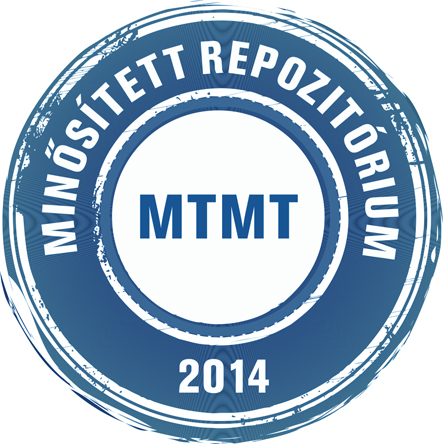Balogh László: A 10. századi magyar-bizánci kapcsolatok új forrásai. In: Acta Universitatis Szegediensis : acta historica, (128). pp. 51-67. (2011)
Előnézet |
Cikk, tanulmány, mű
historica_128_051-067.pdf Letöltés (966kB) | Előnézet |
Absztrakt (kivonat)
An unknown Byzantine author wrote a poem on the memory of Katakalon, the straté- gos of Thessalia. The poet mentioned three important data which can be interpreted from historical points of view: 1) Katakalon was loyal to the despotes (emperor) Constantine and his wife, Helena and his son, Romanus. 2) Katakalon waged war against the Scythian Huns and he broke their arrows. 3) Katakalon would have murdered the Scythians, if he does not die. Emperor Constantine can be identified with Constantine Porphyrogenitus whose wife was Helena, the daughter of Romanus Lekapenus. His son was Romanos, the later Emperor Romanos II, ruled from 959 till 963. The usurpator Romanus Lekapenus lost power in December 944. Constantine Porphyrogenitus remained the monarch taking the rule in his hand in January 945. His son, Romanos was enthroned as his co-emperor on 6 April 945. The anonymous author wrote the poem between January 945 and April 945, as Constantinos Porphyrogennitos was called the sole despotes. Oikonomides brought attention to the seals and the charter which were issued in 942 and 943. Both sources mention Katakalon as stratégos of Thessalia. Katakalon is the same person in the poem and the Marter, as well as on the seals, who lived in the first half of 10th century and died around 943-945. Hungarians were called Huns and Scythians several times by the Byzantine sources. The Hungarians were mentioned as Huns in the works of Georgius Monachus Continuatus and Leon Diaconus, while they were called Scythians by Georgius Monachus Continuatus, Leo Sapiens, Constantine Porphyrogenitus, Nikolaus Mystikus and in the Vita Athanasii. These works were written in the tenth century. It is most probable that the author of the poem used the double name Scythian Huns for the Hungarians. The Hungarians were able to raid „daily" (Vita Basilii), „continually" (Johannes Scylitzes) „with great army" (Georgius Monachus Continuatus) the Roman Empire (VII. Constantine Porphyrogenitus) in the middle of the tenth century. Despite the Hungarian chiefs signed several peace-treaties with the Byzantine Empire in 934, 943, 948 and the 950s, the Balkan provinces of the Byzantine Emperors were exposed to the campaigns of the Hungarians. The author of the analysed poem was familiar with the affairs of the deceased stratégos, who was able to defeat the Scythian Huns, i. e. the Hungarians.
| Mű típusa: | Cikk, tanulmány, mű |
|---|---|
| Befoglaló folyóirat/kiadvány címe: | Acta Universitatis Szegediensis : acta historica |
| Dátum: | 2011 |
| Kötet: | 128 |
| ISSN: | 0324-6965 |
| Oldalak: | pp. 51-67 |
| Nyelv: | magyar |
| Befoglaló mű URL: | http://acta.bibl.u-szeged.hu/37160/ |
| Kulcsszavak: | Történelemtudomány |
| Megjegyzések: | Bibliogr. a lábjegyzetekben; Ismertetett mű: László Balogh: New sources on the relationship between the Hungary and Byzantium in the middle of the tenth century |
| Feltöltés dátuma: | 2016. okt. 15. 07:56 |
| Utolsó módosítás: | 2021. feb. 26. 10:04 |
| URI: | http://acta.bibl.u-szeged.hu/id/eprint/3017 |
 |
Tétel nézet |



